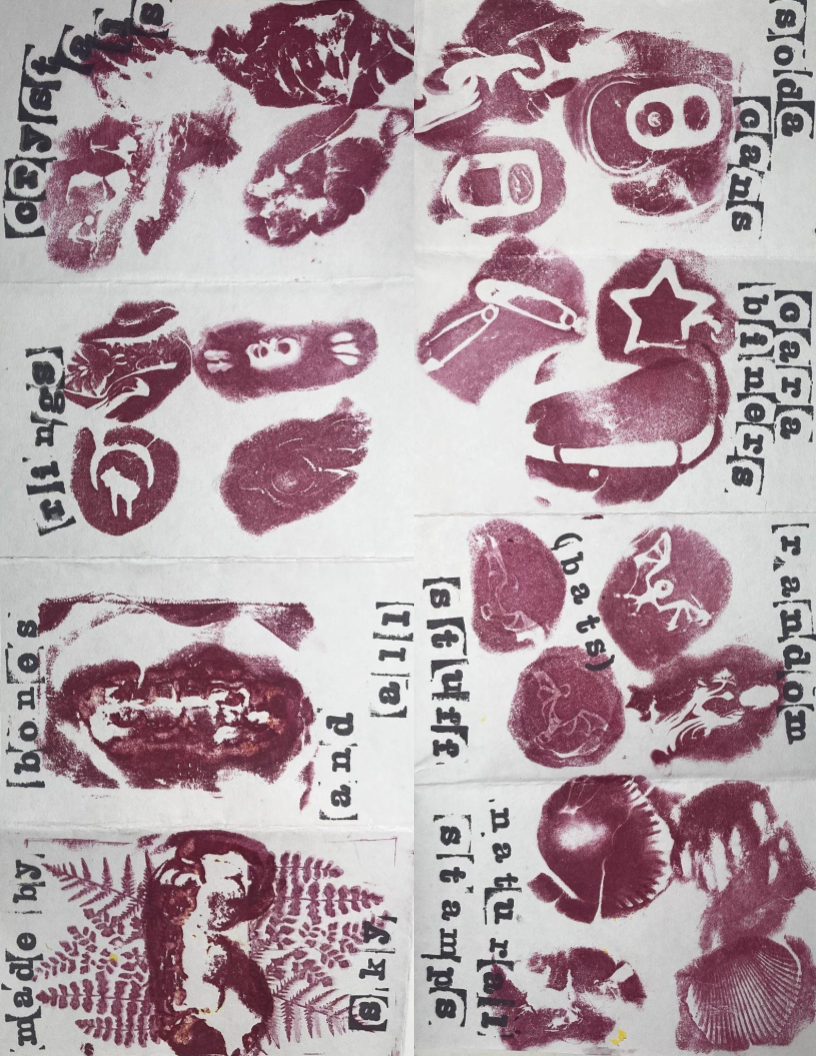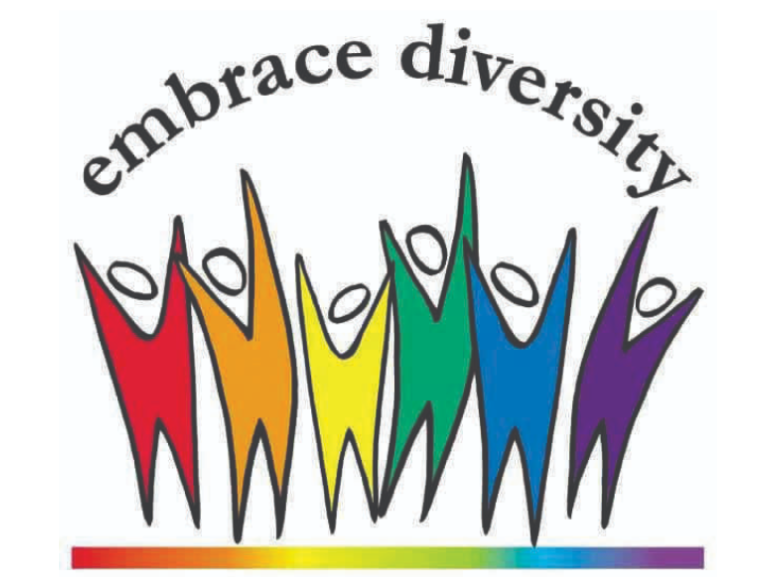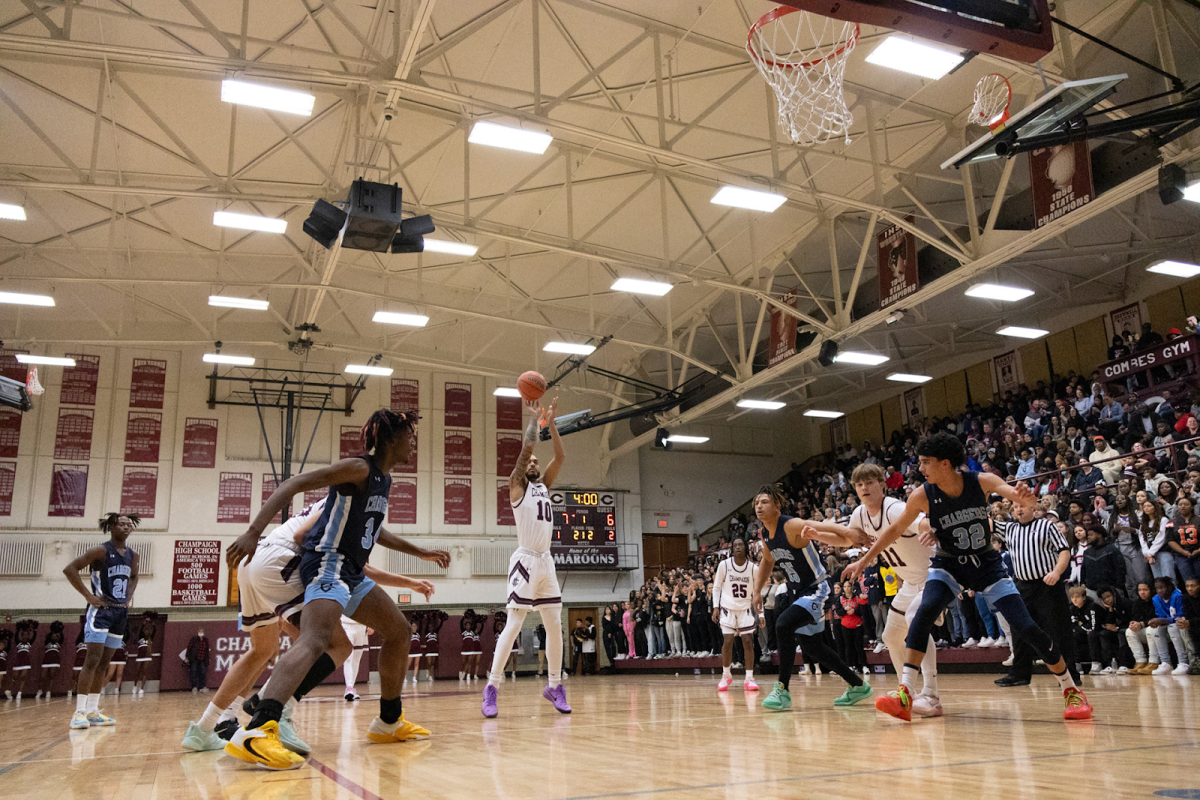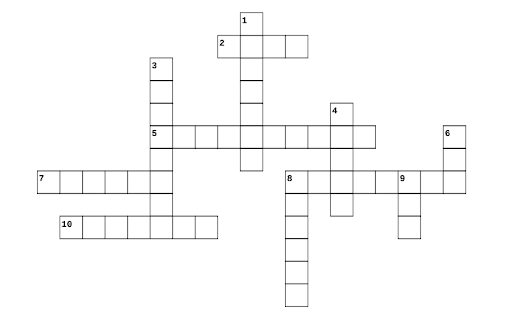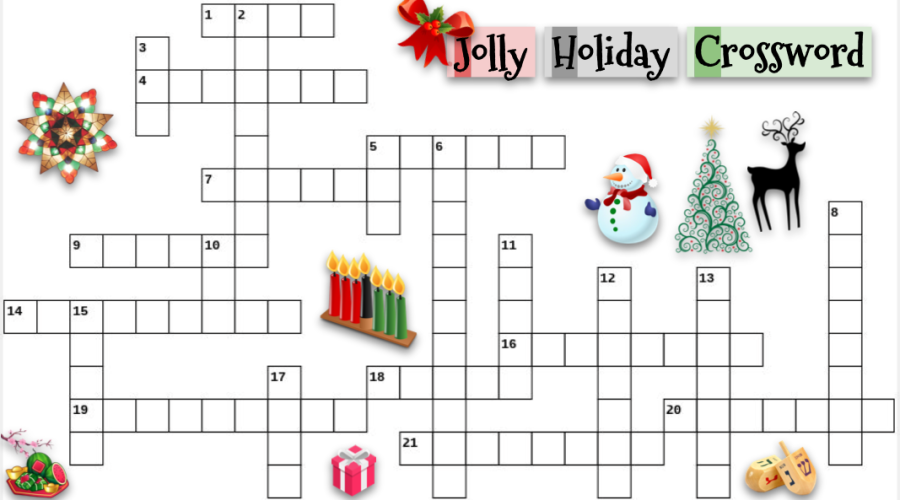On April 2, 2024, Champaign Central High School experienced the Digital Scholastic Aptitude Test (DSAT) for the first time. In previous years, the SATs have been on paper. Now however, the test is being taken on school provided Chromebooks by using the BlueBook app.
Many students, myself included, were worried about the new format of the DSAT in comparison to the SAT of previous years. While the DSAT does have its benefits, it also comes with drawbacks.
The main benefit that stood out to me were the new tools that were provided during the DSAT. In the top right hand corner of your screen while testing, there should be a dropdown menu of all the tools you can use. Some tools are limited to a specific section of the test; for example, when solving problems in the math section of the DSAT students will be able to access DESMOS, a math graphing and calculating tool. Other than that, the other tools were quite similar to supplies students previously could bring to use on the SAT. Whether it was highlighters, a pen to underline, whatever it may be, there wasn’t much of a change.
The length of the test has also changed. According to a test proctor with U.S. News, the test was “reduced from three hours to two.” Students like Central Junior Kaityln Helm, who took the DSAT on April 2, have agreed that the addition of time was “great” and “there was time to reset my brain because after a break the test didn’t automatically start.”
However, the part that students have gained confusion and frustration towards was how the second section of the testing would operate. After finishing the first part of each section (math and english), and taking a small break each student will be sent to the second part of a section. On the paper SAT, everyone would get the same second set of questions. However on the DSAT, not only will the questions be different, but they will be based on the accuracy of the first half of the section.
For many students, this was seen almost as a game changer. If a student was to score low on the first half of the test, then the questions could help them in getting a higher score. Though for students who score high, their questions will get significantly harder than everyone else’s. So even though it has the ability to save the test scores of many students, it’s also an unfair advantage in comparison to students who scored high and now are being challenged more.
Central Senior Asanah Batoma, who took the written SAT in 2023, believes that the DSAT is “a bit of an advantage for students” in comparison to people who previously took the SAT on paper. Students in previous years were not given tools like DESMOS that gave them help on questions regarding calculating or graphing. Then the fact that students who score low are able to recover their final grade through the second section rule is a complete advantage compared to students who scored high and students in the past.
The DSAT so far has proved to have many advantages in comparison to the paper SAT, and it has infuriated previous students who could not use these new tools. And yes, it might seem as if the DSAT is a test that will save the college requirement scores of students across the nation, but it could also destroy them with the addition of the second section rule. Questions will get harder instead of sticking to the name of ‘Standardized Testing’, meaning the students will not get the same questions, but rather if a student exceeds the test will get harder while students doing below average get an easy way out. It almost sounds like the DSAT is meant to bring the scores close to an average instead of having exceeding low or high scores.



